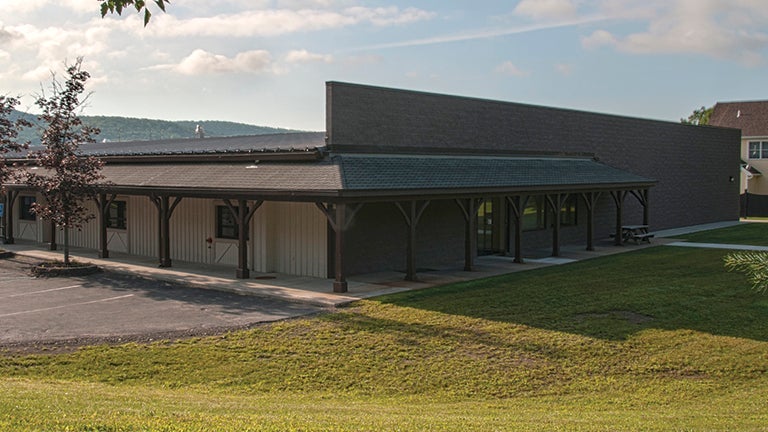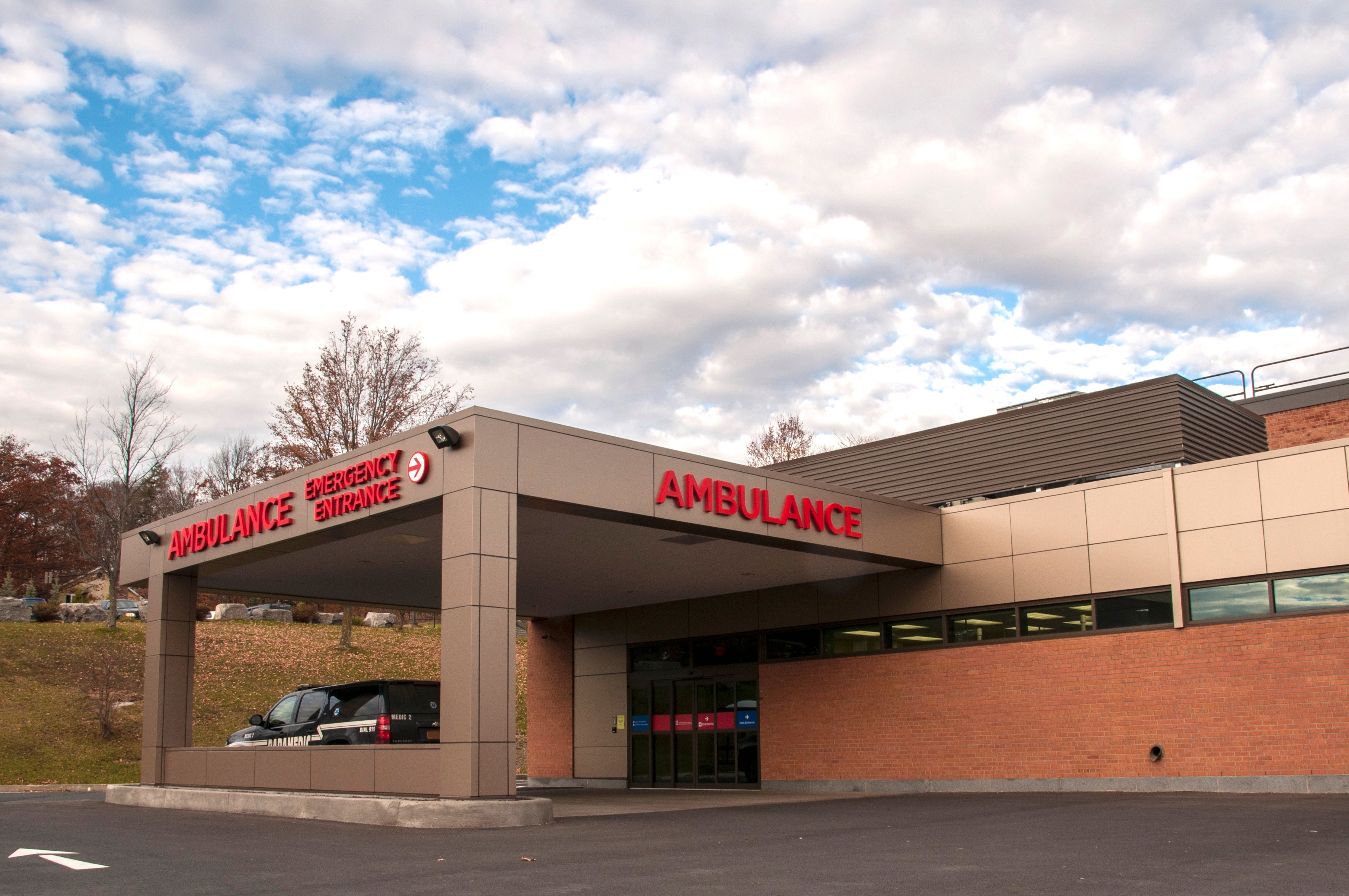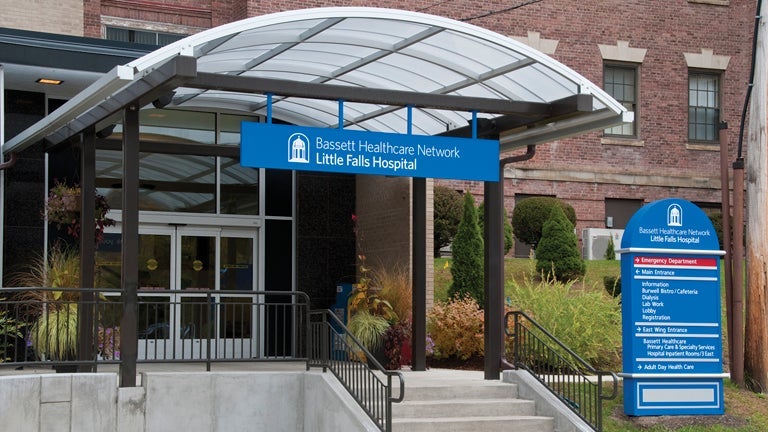Vascular Access
Vascular Access
Long term intravenous access can be placed by our vascular surgeons for patients receiving treatments such as hemodialysis, chemotherapy, or intravenous nutrition.
Infusaport
An infusaport is a small, "permanent", device implanted under the skin to deliver medications and other intravenous fluids directly into the blood stream. The infusaport can stay in for an extended period of time, from weeks to months to years. It can also be easily removed when it is no longer needed.
An outpatient procedure by your vascular surgeon will be done to place the infusaport in either your left or right chest, left or right upper arm, or left or right upper leg, depending on the circumstances. Once the infusaport is placed, intravenous fluids such as medication, chemotherapy, or intravenous nutrition, can be delivered through the infusaport immediately.
Hemodialysis
Hemodialysis takes over the job of keeping your blood clean when kidneys fail and can no longer do the job. A vascular access is created in your arm to allow blood to circulate through the dialyzer via needles inserted into the access. Blood flows into the dialyzer to be cleaned just as your kidneys would. Then the blood re-enters the body again through a needle in the access. A vascular surgeon will create your access during a short procedure using one of the following methods:
A fistula is made by connecting the artery to a nearby vein. Blood flows quickly into the vein, enlarging it. This method may take a few weeks to a few months to develop.
A graft is a man-made tube sewn between an artery and a vein if a fistula cannot be created. The blood is able to flow quickly through the graft, and is usually ready to use in a few weeks.
Dialysis Tunneled Vein Access - If neither of these methods work, or getting an access point is urgent, a catheter may be inserted into a vein that can remain in place for an extended period of time. The veins for this purpose can be found in the neck, the groin, the liver, the chest, or in the back.
Taking Care of your Access:
Taking good care of your access is important to your treatment.
- Avoid tight jewelry or clothing around your access
- Avoid carrying heavy objects on the access side
- Avoid sleeping on the access side
- Don't have blood pressure read or blood taken from your access arm or leg
- Keep your access protected
- Keep your access area clean
Feel the "Thrill"
Your thrill is the blood rushing through your access. Feeling your access is important to ensuring that it is working properly. Periodically check your thrill by placing your fingers on your access point. If you do not feel it, call your practitioner immediately.
When to call your doctor
- If you can't feel your “thrill”
- Are experiencing pain or numbness in your access hand or arm
- If you have bleeding, redness, or warmth around your access
- If you notice your access bulging more than usual (a slight bulge is normal)
- If you experience a fever over 100.4






